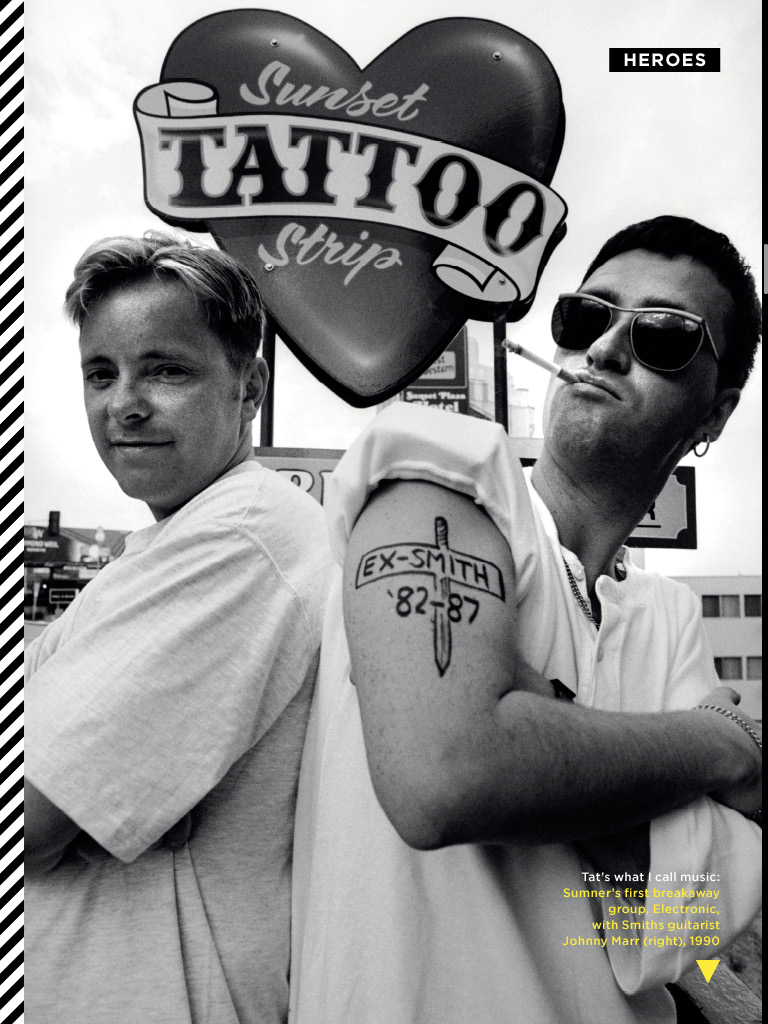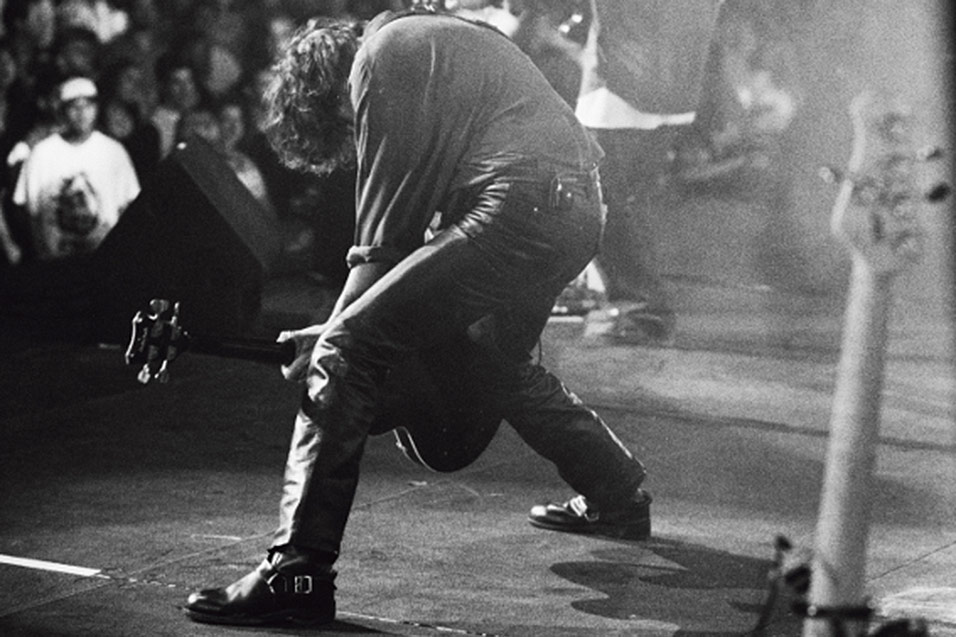Late era New Order, where the quality control diminishes with each passing year but the golden era reissues get pumped out at increasingly inflated prices are still a living, breathing entity only because of the music that’s gone before. The live shows nowadays – great as I’m told they are – are in vast, soulless places, sometimes even outdoors, with tickets sold at premium prices and no more than three quarters of the original band on show. The fall-outs have been well-documented on both sides and neither looks good for it. Hook continues to stubbornly tour his Peter Hook & The Light project while the rest of New Order and a sundry supporting cast limp on. Name me an essential New Order record released this century and I’ll show you a grasping optimist.
And yet…and yet…Music Complete, released in 2015 has a couple of shining moments. Not, let’s get this clear, the hideous and plodding Iggy Pop-‘enhanced’ Stray Dog…or Now I Wanna Be Your Dog’s Dinner, as I’d have named my remix if I’d been one of the 427 remixers involved across the album’s lifespan. Nor the washed-out synth wash of Superheated with (ha!) Brandon Flowers throwing vocal shapes across its poppy, autotuned, a-ha without a heartbeat chorus. Eugh. They might as well have called the album ‘Music? Completed It.‘ because they’d clearly run out of ideas by this point. This is the band that released Power, Corruption & Lies and Low-Life and Technique and a handful of magic stand-alone singles. Except, well, it’s clearly not, is it Bernard?
New Order was always an impenetrable, mysterious force. An enigma that conjured up propulsive and forward-thinking magic from the thin Mancunian air. And here they are in 2015, giving cameos to the era’s spotlight-hoggers. Ah! Maybe that’s it. Maybe in reality it’s New Order that needs the spotlight. Maybe that’s why, besides Iggy and Brandon, they also aligned themselves with minor hit maker La Roux (or Elly Jackson, as she’s known on other folk’s records).
She sings on Tutti Frutti and it’s pretty good. Not Bizarre Love Triangle good. Or The Perfect Kiss good. Not even Shellshock good. But comparatively pretty good. It’s the one chink of light in a dark era for a band that a sympathetic vet might’ve put down by now.
New Order – Tutti Frutti
Yeah, so it’s Smalltown Boy filtered through a thumping dance/pop prism, a mid-paced pulse of Bernard melancholy and uplifting chorus, but what makes it great are those Hook-ish Too-tee-Froo-tee growling vocals at the start and end. Remember ‘You got luuurve technique?’ That. It has you almost misty-eyed for an era not long gone by, yet seeming centuries away, where the four key members of New Order were pals and creatives and untouchable.
The best New Orderish, non New Order single of recent years? That’d be Gorillaz Aries, with Hook’s fluid signature bassline lapping its way up and down the neck as Albarn’s sad vocal surfs atop a jolting, crashing rhythm. There’s even another growly vocal at the start. ‘Ayr-eaze‘ goes Hooky, and you’re instantly pining for a band that’ll never be in the same room again.
Gorillaz – Aries
*Next year, Music Complete will be 10 years old. Look out for the triple vinyl anniversary box set with added Iggy ‘n Brandon ‘n Elly for extra cash-grabbing effect.






































